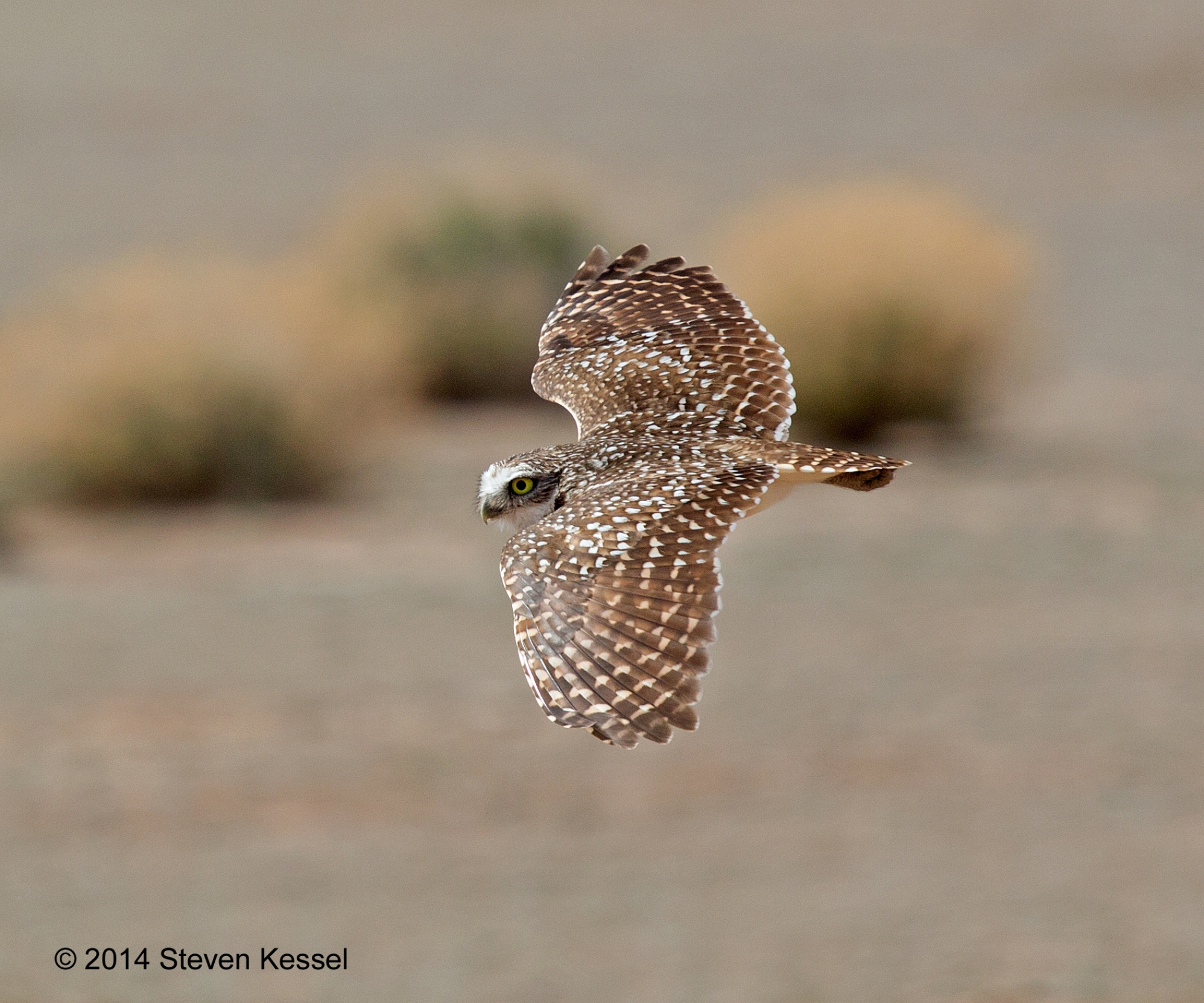You may enlarge any image in this blog by clicking on it. Click again for a detailed view.
Recently, a new addition joined our family — we adopted a dog from the local animal shelter. He’s enriched our lives in myriad ways, not the least of them being that I have incentive to take long walks with him, especially early in the morning and just before sunset.
I’m often out with him in that last half-hour before daybreak and in the evening, at or after sunset. When we’re out I frequently hear a bird, sometimes several of them, calling, a sharp ascending two-note call. It’s the twilight call of the Curve-billed Thrasher, a signal to all that the day is just beginning or has ended.

Curve-billed Thrashers are a common species in the Sonoran Desert, as common as is the Gila Woodpecker whose image I featured very recently. Their piercing yellow-orange eyes and their long, downward curved beaks give them a fierce look, which belies their timid nature. These are birds that spend most of their lives foraging in the underbrush.

They are members of the Mimid family of birds, close cousins of the Northern Mockingbird. Like mockingbirds, Curve-billed Thrashers are accomplished singers. Their songs are long, complicated, and beautiful, frequently including melodies copied from other species. It’s not often that I hear these protracted songs — the thrashers seem to reserve them for special occasions. But the two-note call that I mentioned at the beginning of this post is something that I hear all the time.

I don’t know why Curve-billed Thrashers are such avid callers at dawn and dusk, I just know that they do so reliably. Their calls are the music that accompanies me and the dog on our early and late walks.
Images made with a Canon R5, Canon EF 400mm f4 DO II lens+Canon EF 1.4x telextender, M setting (auto ISO), ISO 800, f5.6 @ 1/2000.

A beautiful bird you captured on camera here.
Your excellent photos and commentary motivated me to listen to the Curve-billed Thrasher’s song repertoire, and I thought others might like to also:
https://xeno-canto.org/species/Toxostoma-curvirostre